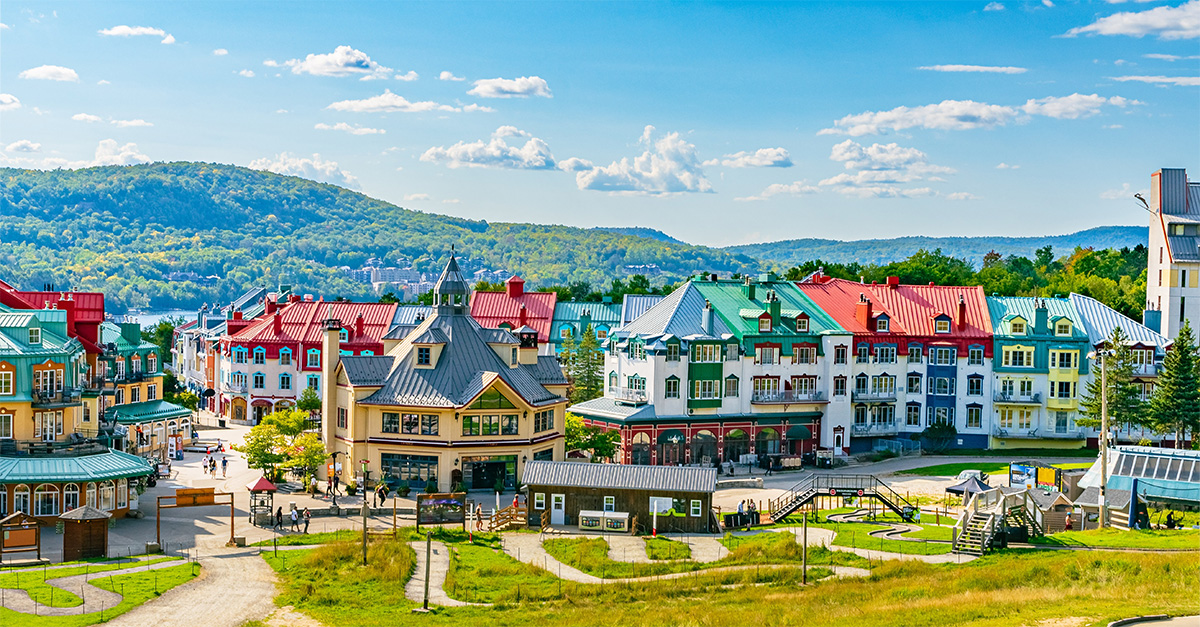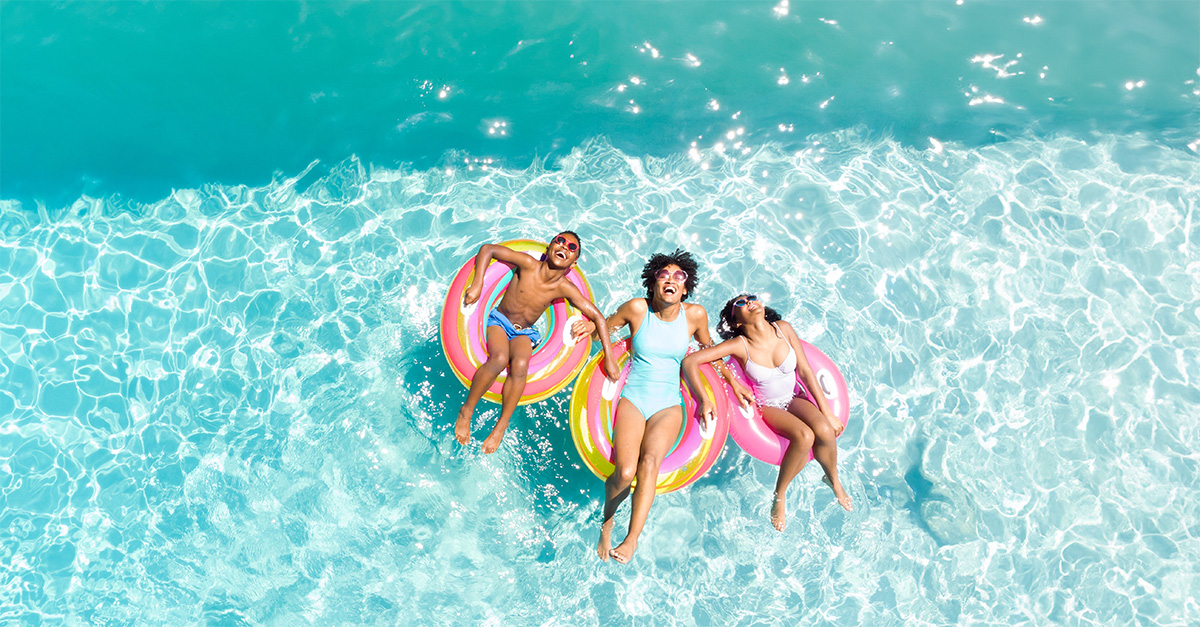It’s the real-life Balamory, but what does Mull have going for it? Ben Lerwill finds out.
Click here to download and save as a PDF.
A trip to a Scottish island comes with various expectations attached, and Mull ticks all the requisite boxes. The pace of life is slow, the welcome is warm and the seafood is fresh – but unlike most of its fellow Scottish islands, getting there doesn’t require a hefty journey.
Drive west of Glasgow and within three hours you’ll reach Oban, the ferry port for magnificent Mull.
As part of the same Inner Hebrides archipelago as the more-visited Skye, the hilly, hospitable island offers spectacular rewards for walkers and wildlife-lovers – as well as any clients in search of somewhere special close to home.
Whether they want to stay in a Scottish castle or mooch around in a camper van, eat at the Michelin-recognised Ninth Wave Restaurant in Fionnphort or pick up battered scallops and chips from the waterside fish-and-chip van at Tobermory, this island can oblige.
See
Pore over a map of Mull and you’ll see lots of green space, a few spaghetti-strand roads and a handful of small settlements. This is, of course, precisely what makes the island attractive. The 45-minute car ferry from Oban (one of three short sea crossings from the mainland, the others being from Lochaline and Kilchoan further north) transports visitors to a broad-shouldered land where slopes soar, ridges form jagged skylines and sea lochs furl out for miles.
The island’s proximity to big Scottish draws like Fort William and Loch Lomond means Mull often gets relegated to a day trip. Many short-term visitors see only the northern stretch of road between the ferry port and the enjoyable island ‘capital’ of Tobermory, a harbour town known for its brightly painted waterside buildings and a starring role in the BBC kids’ show Balamory. An itinerary like this makes for a pleasant enough day out, but barely skims the surface of what makes Mull special.
Unless clients are cycling – plenty of two-wheeled tourists wend their way around the island – it’s best thought of as a self-drive destination. Mull’s main selling point is its landscape. The scenery, particularly around the Ardmeanach Peninsula and the Ross of Mull in the south, is wild, high and cinematic. To give a sense of scale, it takes around an hour and 40 minutes to drive from Tobermory to the southern village of Fionnphort. Single-track roads, interspersed with passing points and laybys for wildlife-spotting, add to the sense of adventure.
Exploring the numberless bays and headlands is half the fun, but a few highlights jump out. The coastal hamlet of Calgary, which gave the Canadian city its name, has a wide silvery beach and the excellent Calgary Art In Nature gallery.
Another standout – literally – is the 966m-high Ben More, a simple but rewarding uphill hike from the shores of Loch na Keal. Elsewhere, Glengorm Castle has a dramatic setting, good walks and a top-notch cafe.
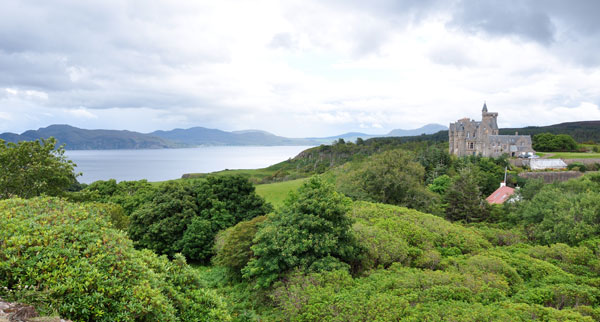
Stay
It’s easy to fall for Tobermory. The pubs are lively, the harbour setting’s spectacular and the daily papers don’t arrive until noon. It has a distillery, a catch-and-release aquarium and easy waterside walks. The town is also the most obvious base for accommodation on the island – although don’t expect large-scale properties. On Mull, B&Bs, self-catering cottages and boutique hotels rule the roost.
Strongarbh House, benefiting from the far-reaching views of the hills above town, is an excellent option for clients looking for somewhere memorable. It has just four rooms, but a focus on art and design and à la carte breakfasts make it a classy proposition.
A bigger option is the 28-room Western Isles Hotel, in situ since 1882 and offering a generous whisky list. Just outside Tobermory, the four-room Fairways Lodge has a plum location for golfers – it overlooks Tobermory Golf Club, once named Scotland’s best nine-hole course.
Slightly farther afield, the aforementioned Glengorm Castle has options for B&B, self-catering and serviced apartments. Some of these are in the grounds, others are in the castle itself, a grand turreted affair built in the mid-1800s.
Elsewhere, the elegant, six-room Pennygate Lodge is well located at Craignure, the arrival point for ferries from Oban, while farther south, the loch-side Tiroran House arguably trumps the lot. A multi-award-winning country house hotel with 56 acres of grounds, it’s also dog-friendly.
Like much of Scotland, Mull is popular territory for campervans and motorhomes, which can be brought across on the ferries and parked up at various vehicle-friendly campsites. For budget travellers, the island also has a smattering of hostels and bunkhouses, as well as areas where ‘wild’ camping is possible, including a great site at Calgary Bay.
It’s also worth noting that the neighbouring island of Iona is accessible only from Mull, and as such is a popular add-on. It has its own accommodation options, notably the harbourside Argyll Hotel and the larger Columba Hotel, both of which offer a traditional welcome and excellent local cuisine.
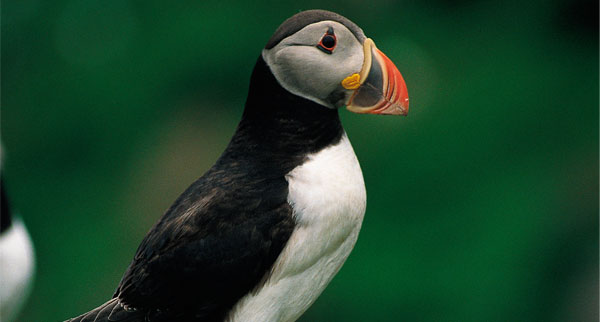
Sell
Mull has everything you could want of an escape to a small Scottish island, but two elements of the Mull experience really stand out: the wildlife and the walking.
The island’s tumbling hills, long lochs and coastal cliffs are home to a thrilling range of native birds and animals. Golden eagles and even bigger white-tailed eagles are both resident on Mull – look for wide outstretched wings high above the ridges. White-tailed eagles can be seen up close with Mull Eagle Watch, which runs ranger-guided visits between April and September, taking people to within binocular distance of a nesting site. These visits are popular, so book ahead. Tours cost £10 for adults, £5 for under-16s, or £25 for a family ticket.
Birdlife is everywhere you go on Mull – from herons to wheatears – and there are rewards to be had offshore, too. In spring and summer, pleasure boats run from Fionnphort and Iona to the spectacular islet of Staffa, where colonies of puffins waddle unconcernedly within feet of visitors. A trip here also gives the chance to see Fingal’s Cave, a basalt-columned grotto that inspired Mendelssohn to write an overture.
Otters, seals, porpoises and dolphins are all regularly spotted in the waters around Mull, while Tobermory is also the setting-off point for popular whale-watching tours. From April to October, they give the chance to see minke whales, basking sharks and more.
Walkers, meanwhile, can barely put a foot wrong. Sedate strolls and hardcore hikes are both easy to come by. Aside from Ben More – Scotland’s only Munro (mountain of 3,000 feet or more) outside Skye or the mainland – highlights include the Treshnish Peninsula, the natural arches at Carsaig and the gentler landscape of Aros Park near Tobermory. A good guidebook is advisable if clients really want to make the most of the walking: Cicerone’s Walking The Isle of Mull has 40 routes.
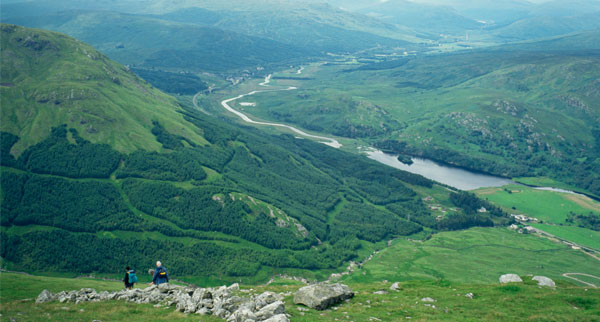
Iona
The crossing from Fionnphort to Iona takes just 10 minutes, but stepping off the passenger boat onto this mellow, relatively flat island feels like arriving somewhere far removed from the rest of the UK.
This is partly to do with its history. Way back in AD563, a hard-nosed missionary now known as St Columba settled here and made it his aim to convert Scotland to Christianity. He succeeded. An abbey named in his honour towers over the shore, and pilgrims are still drawn here from far and wide.
You don’t need to be spiritual to be won over by Iona. Measuring three miles by one-and-a-half, its landscape rises and falls in green folds, leading out to remote beaches and hidden coves. The birdlife is fantastic and there are some fine hotels too. For a few days of getting away from it all, it’s hard to think of anywhere better.
Getting there
CalMac runs all three ferry routes to Mull. If clients are travelling from Oban, particularly if they’re with a vehicle during the spring or summer months, reservations are near-essential.
There are up to 11 sailings daily. Oban is around one hour and 10 minutes from Fort William, two-and-a-half hours from Glasgow, three hours from Edinburgh, two hours and 45 minutes from Inverness and four hours from Aberdeen.
Other than a few short stretches of double-track roads, getting around Mull requires lengthy drives on single-track roads. Getting into the routine of pulling over when meeting another vehicle isn’t difficult, but it would be advisable to make clients aware in advance.
For more information on holidays in Scotland, go to visitscotland.com
Book it
Brightwater Holidays offers a four-day tour of Mull, Staffa & Iona, staying at the Isle of Mull Hotel & Spa in Craignure, with sightseeing in Tobermory, the Ross of Mull and Duart Castle, plus a day trip to Iona and a wildlife-spotting cruise to the Treshnish Isles and Staffa. Prices start at £735 based on a September 13 departure, including some meals, all ferry crossings and services of a tour leader.
brightwaterholidays.com
McKinlay Kidd offers a Mull Week of Wildlife holiday, with an eagle-spotting safari, whale-watching cruise and a boat trip to spot puffins on the Treshnish Isles, alongside scenic highlights and free time to explore the island. Prices start at £760 per person for accommodation in the village of Dervaig, or from £975 for a hotel in Tobermory, both based on a six-night B&B stay between May and September, with ferry crossing for a car and two passengers and guided wildlife spotting.
mckinlaykidd.com
Read more
Dog-friendly hotels in the United Kingdom
Climbing Mount Snowdon, Wales
Golf holidays in Scotland

